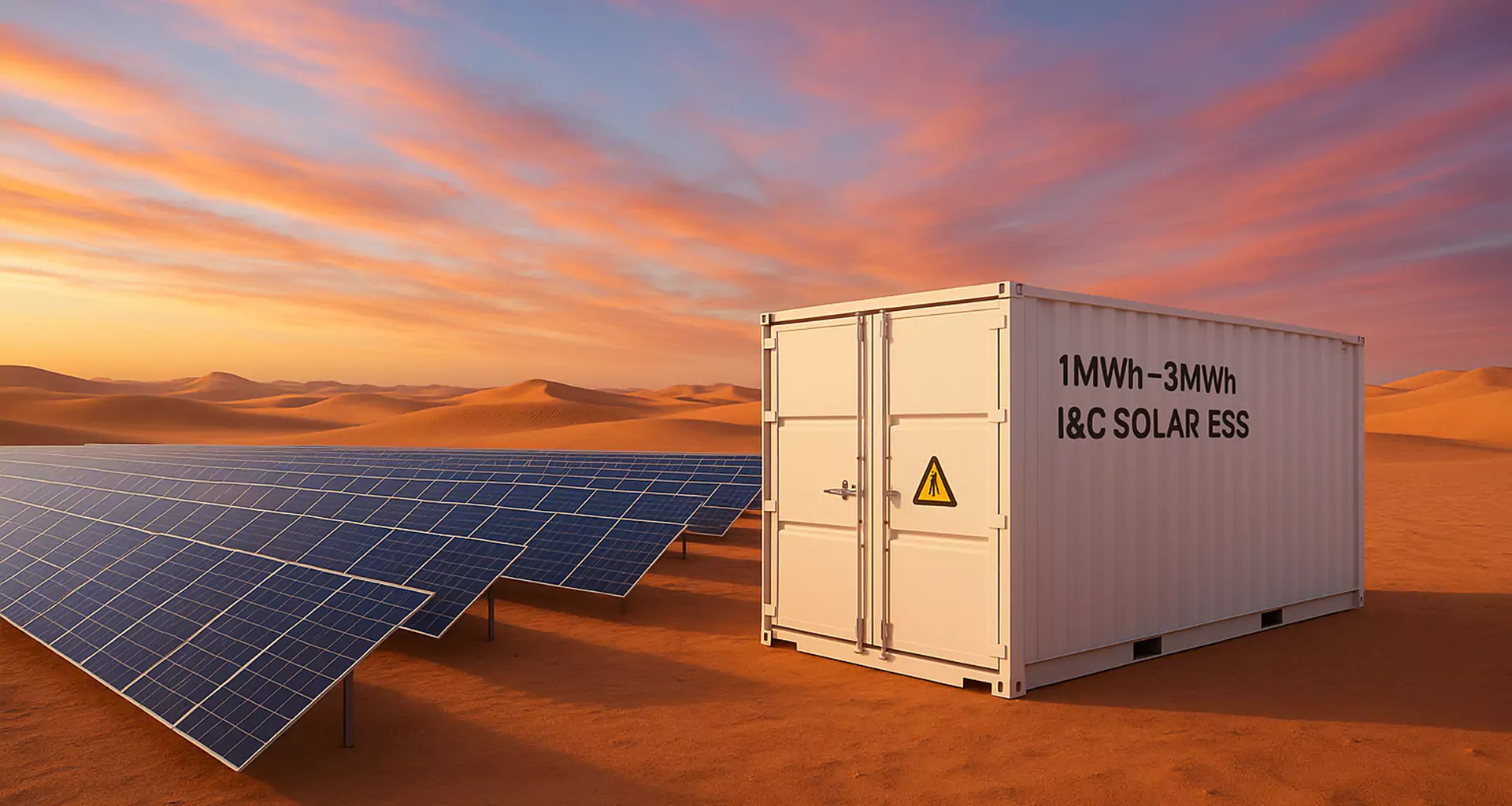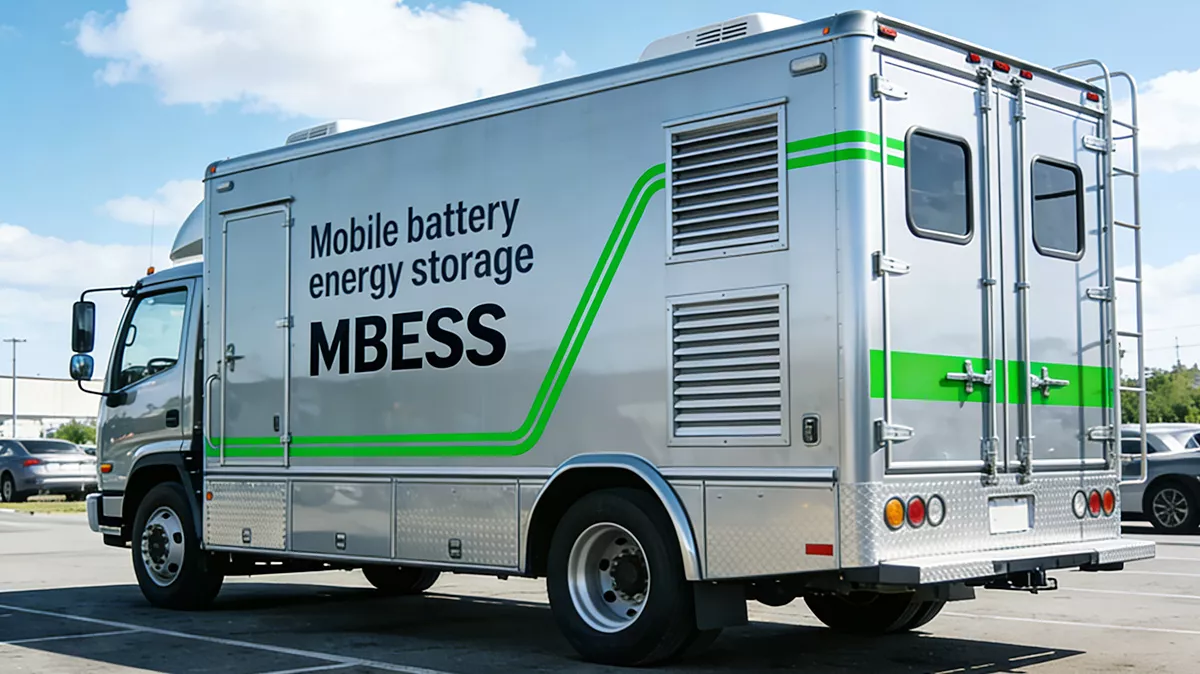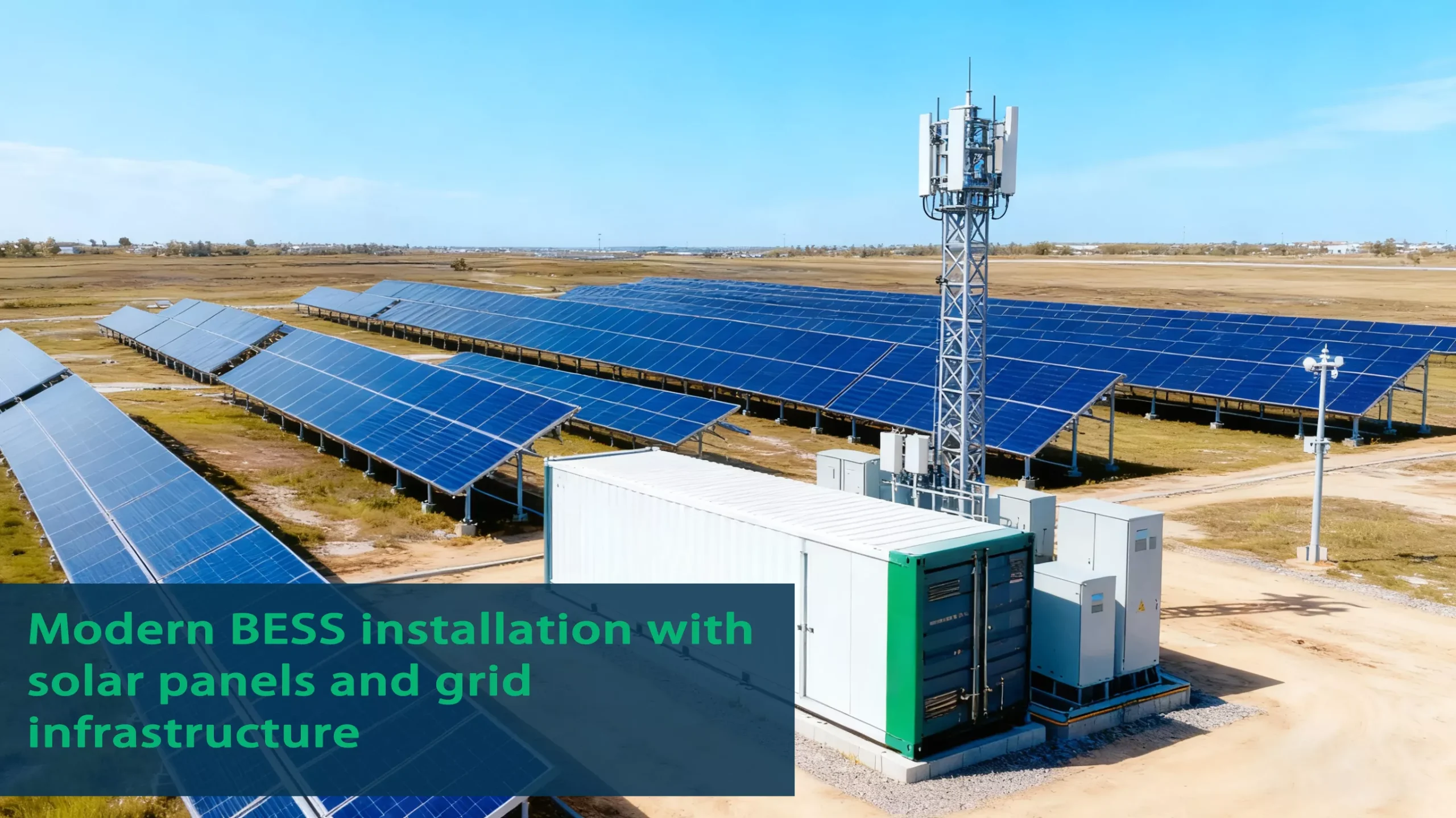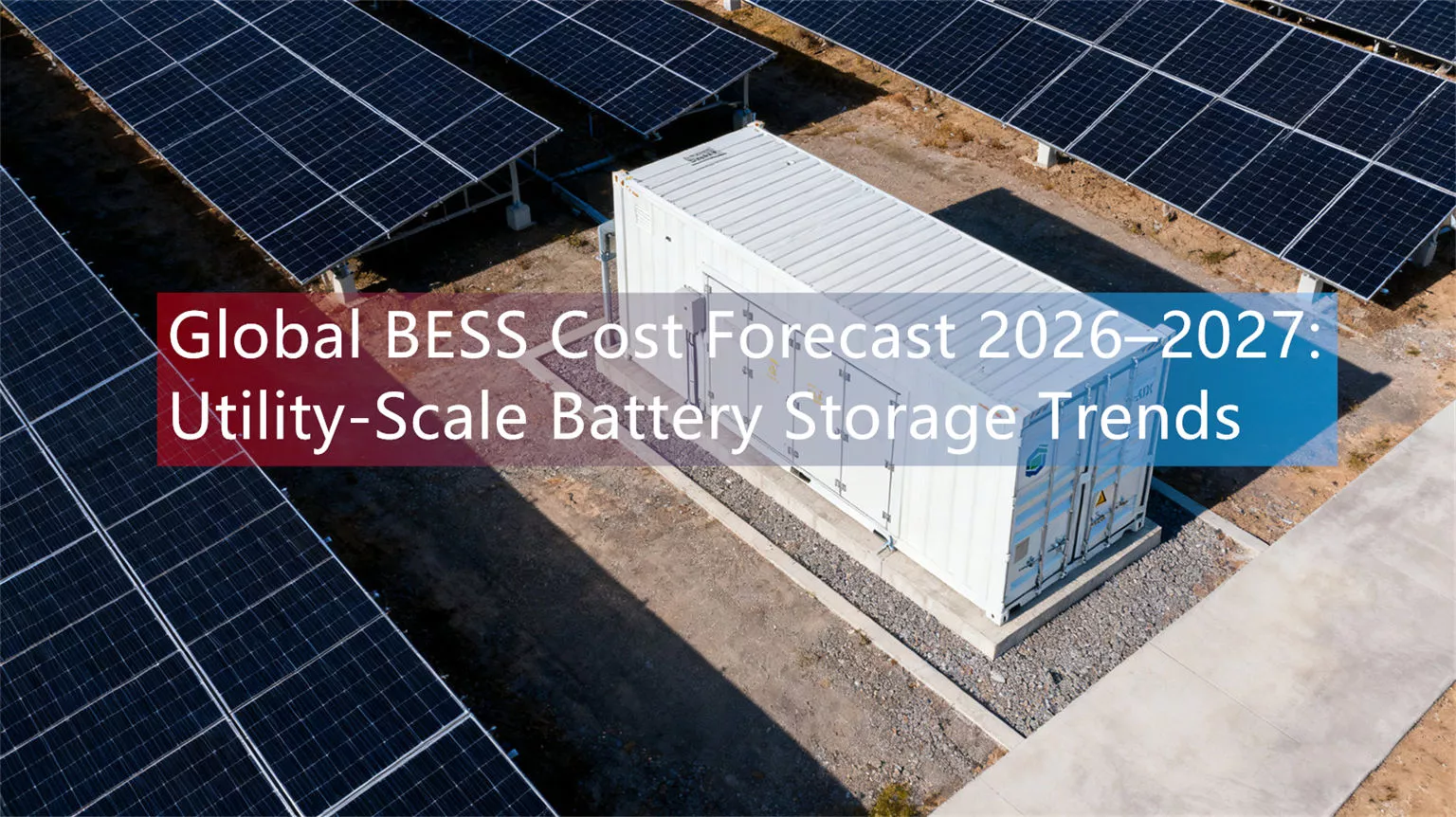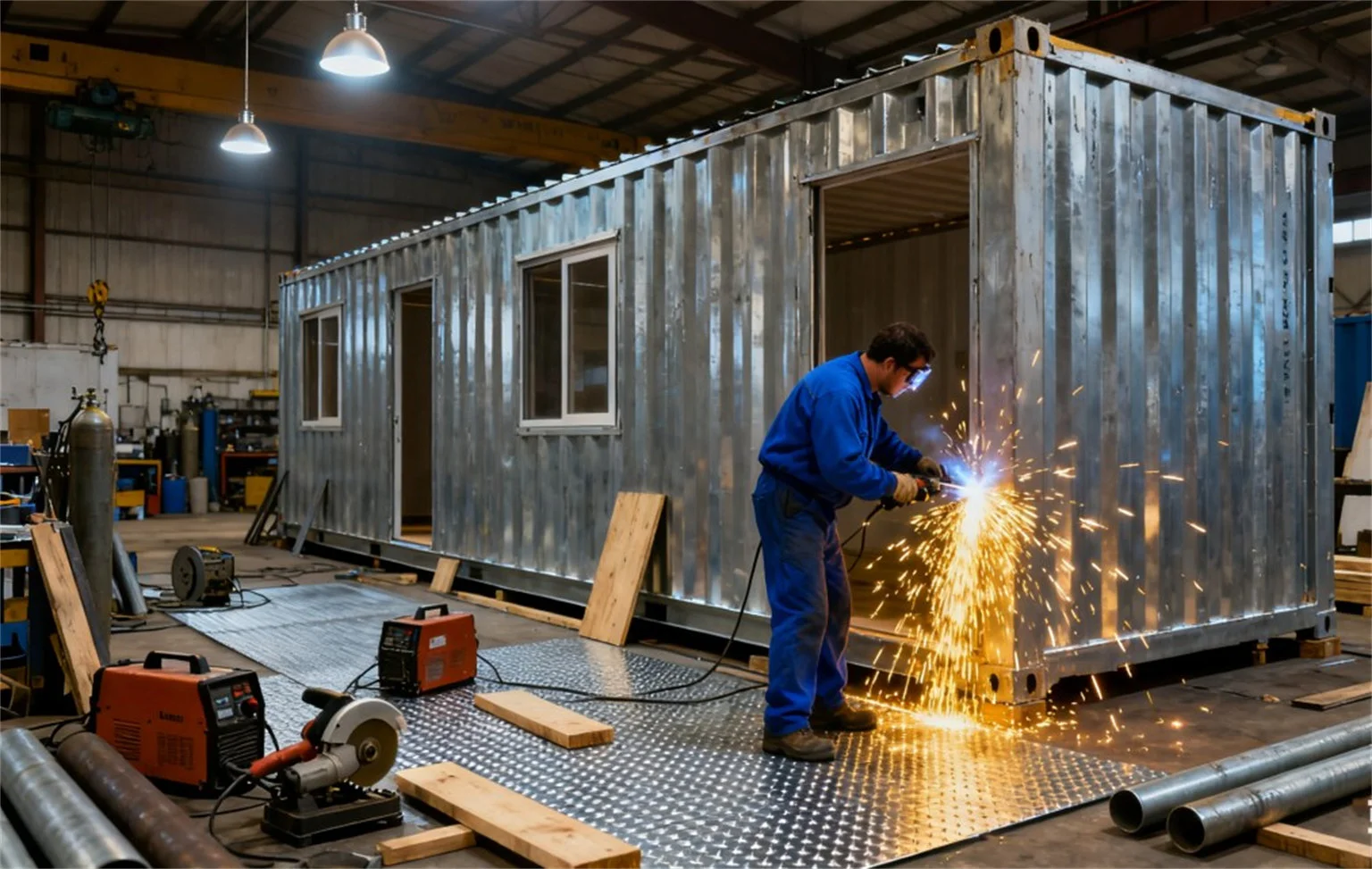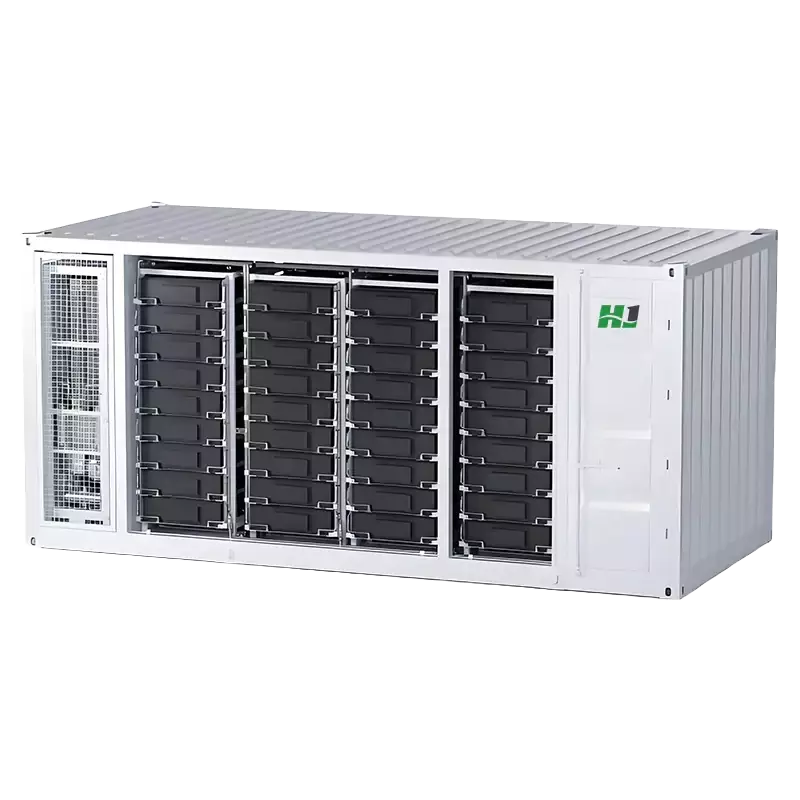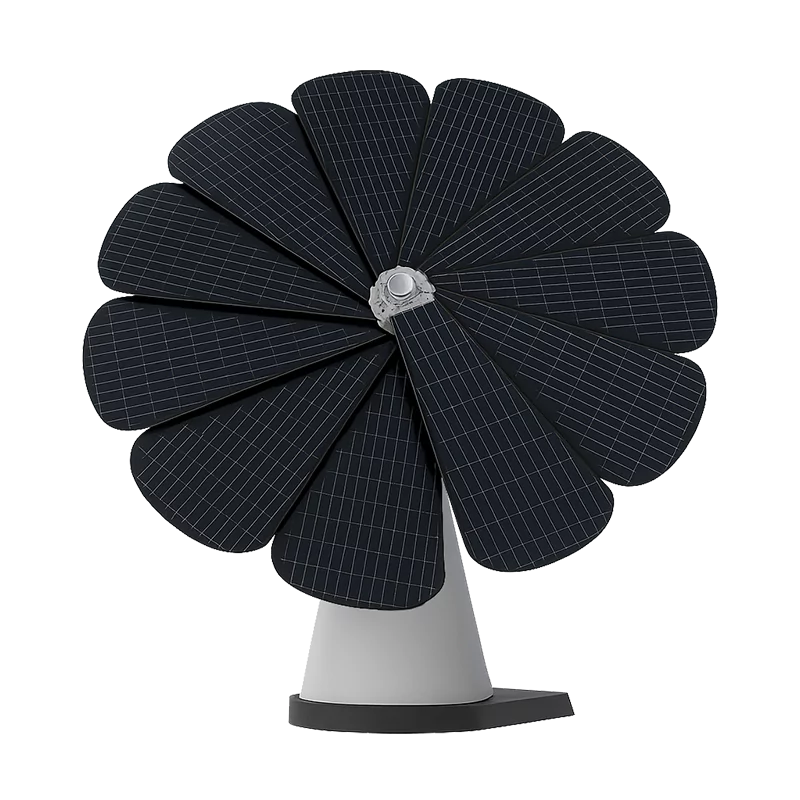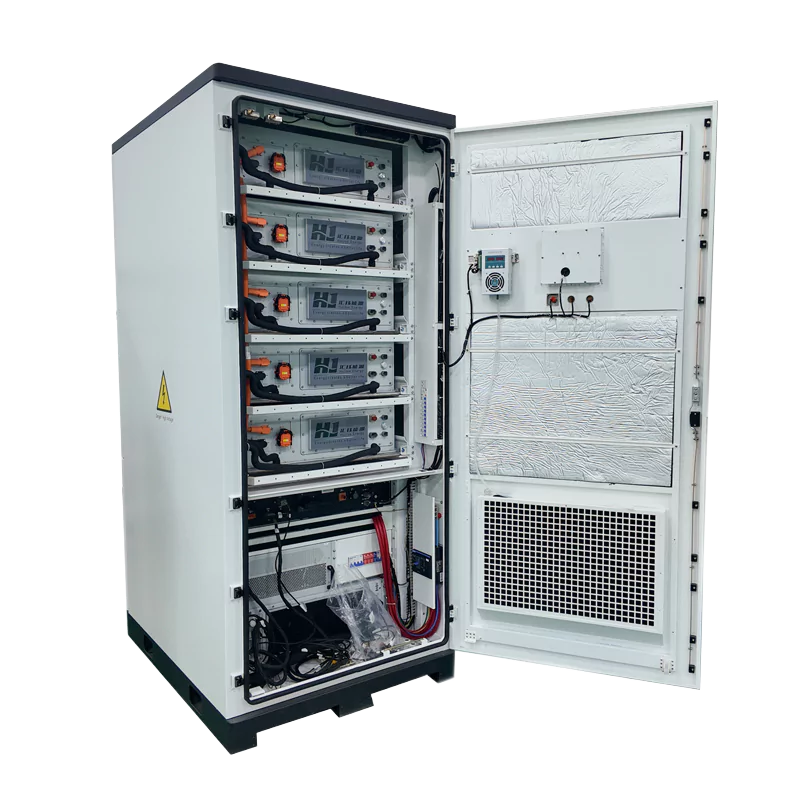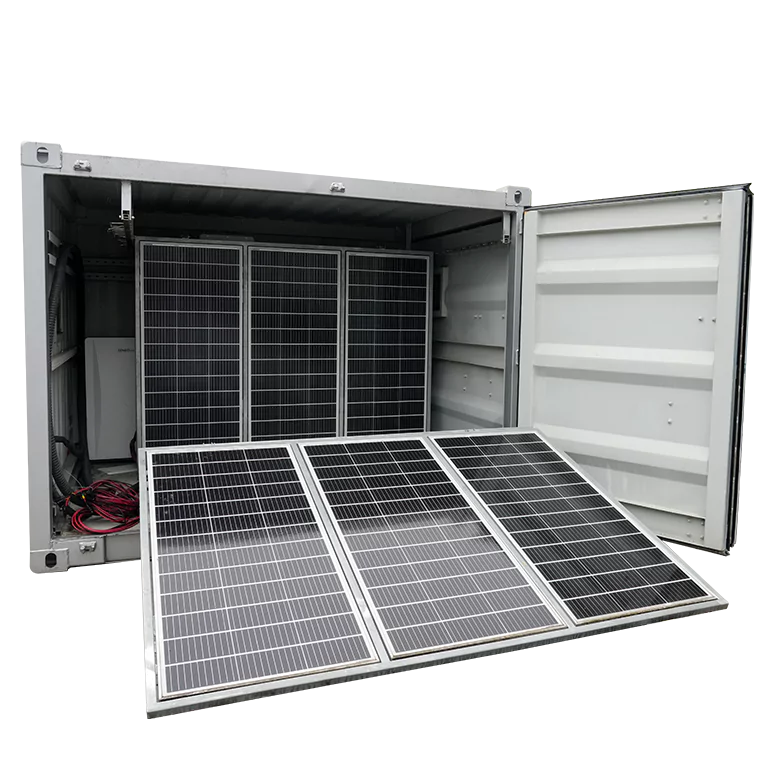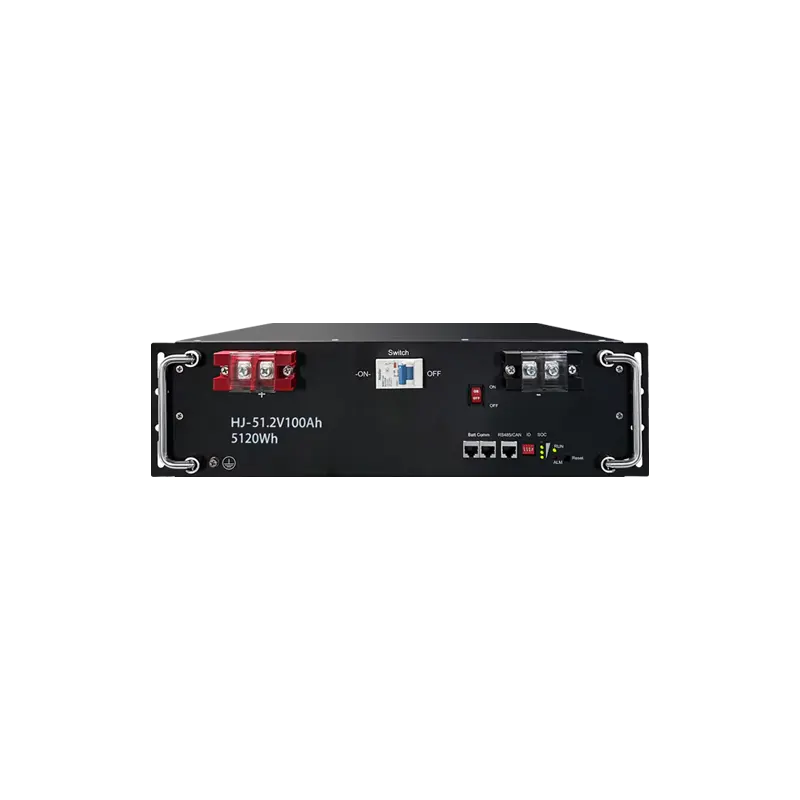Texas Solar Farms: On-Site Energy Integration and Carbon Metering
Texas has long been known for its abundant solar potential, and now, Texas solar farms are gradually transforming from simple power generation sites to carbon sinks. This transformation provides Texas developers, farmers, and carbon credit managers with opportunities to both contribute to sustainable development and benefit from the $1.6 billion U.S. carbon market. This article will explore how Texas solar farms are implementing carbon metering, improving returns, and adapting to the state’s changing regulatory requirements, and how HighJoule solutions play a key role in this process.
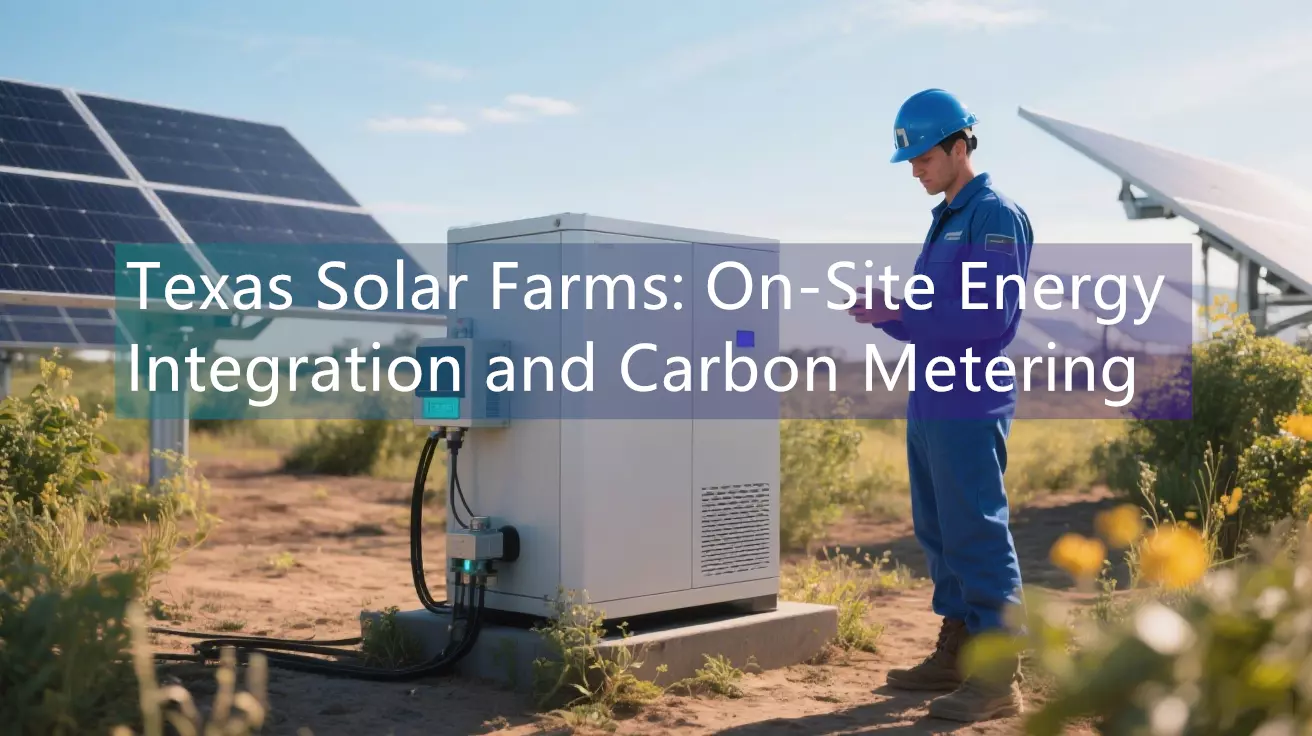
Why Texas Solar Farms and Carbon Metering Are So Important Now
Texas is a leader in solar development in the United States, with 13.6 GW of installed solar capacity, enough to power 2.4 million homes (EIA 2024). As the state seeks to reduce emissions from the energy sector (which contributes 42% of Texas’ greenhouse gas emissions, EPA 2024), solar farms are an important means of meeting energy production and carbon control requirements.
Agrivoltaics, which combines solar panels with plants, allows solar farms to act as carbon sinks. By adding native grasses, legumes, and pollinator habitats to solar farms, Texas solar farms can not only absorb carbon dioxide through photosynthesis, but also store more carbon in the soil. This combination not only enhances the green value of solar projects, but also provides the industry with a new source of revenue – carbon credits.
Solar Energy and Carbon Sequestration Technology
1. Carbon Sequestration Amount of Solar Farms: Biological Processes
Strategically seeding plants under solar panels can significantly amplify the carbon sequestration effect:
- Deep-rooted grasses (such as Vallisneria) can sequester 2 to 3 tons of CO₂ per acre per year.
- Legumes (such as alfalfa) reduce dependence on artificial fertilizers through nitrogen fixation, thereby reducing greenhouse gas emissions.
- Pollinator habitats (such as native wildflowers) introduce biodiversity, which studies have shown can increase carbon storage in soil by 15-20% within 5 years (Texas AgriLife Research, 2023).
Solar panels are typically raised 6 to 8 feet to allow plants to grow without hindering panel efficiency. The spacing between solar panels (typically 10 to 12 feet) allows the plants to capture ample sunlight without overly shading the panels.
2. Carbon Sequestration Metering: From Soil Samples to Real-Time Data
Accurate carbon sequestration measurements are critical for carbon credit managers and solar project developers. HighJoule’s HJ-SoilCarbon monitor can quantify real-time CO₂ flows in the soil, ensuring that carbon sequestration rates match solar performance. This data is critical to verifying carbon credits and meeting standards for Verra and Climate Action Reserve.
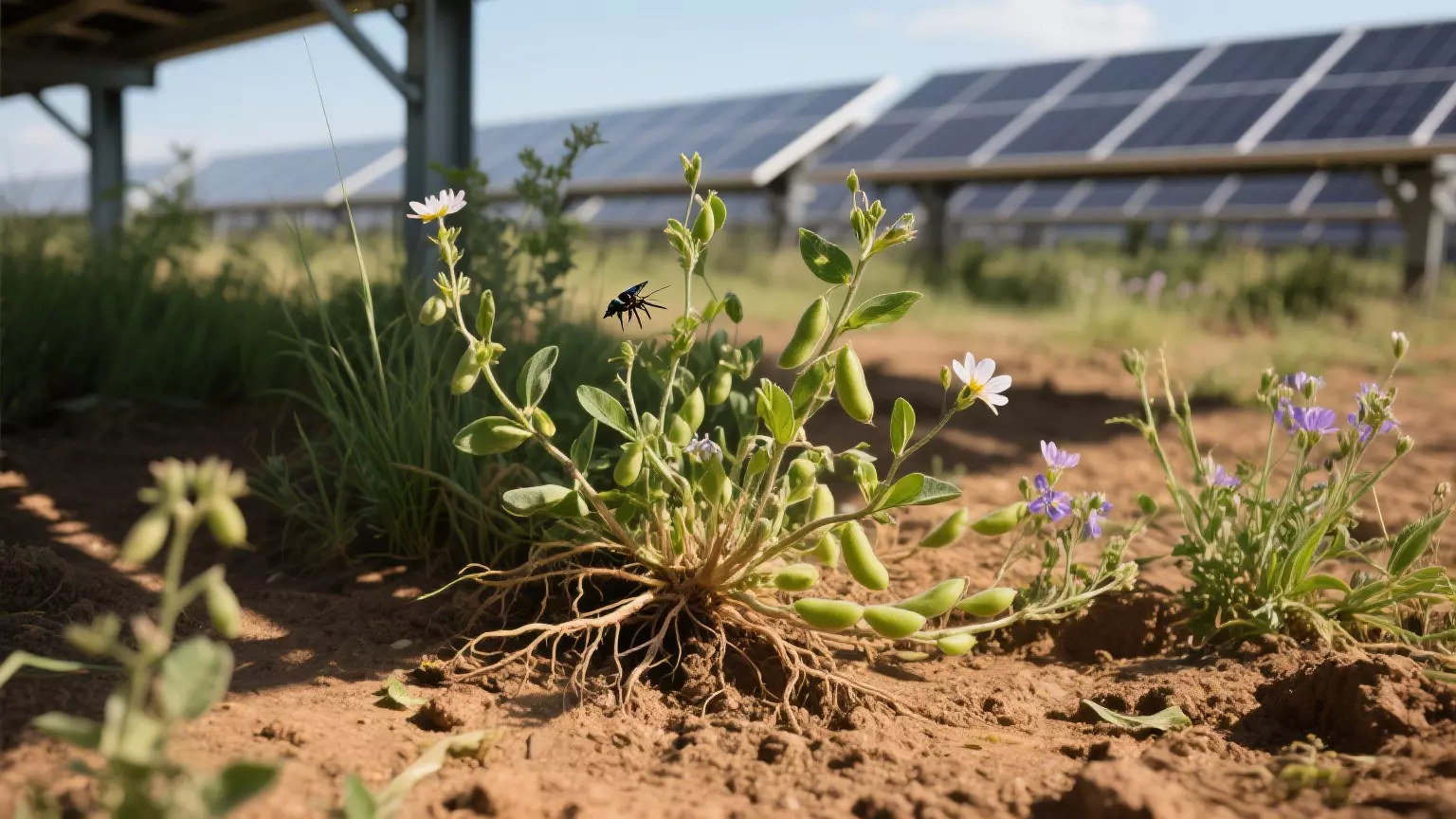
Texas uses two main measurement methods:
- Soil sampling: Organic carbon content is measured by analyzing soil core samples (calibrated every 3 to 5 years).
- In-situ monitoring: Real-time monitoring of soil CO₂ flows, moisture, and temperature through sensors. For example, HighJoule’s HJ-SoilCarbon monitor can provide continuous carbon sequestration data, updated every 15 minutes, for seamless integration with solar farm monitoring systems.
3. Efficiency: Linking Solar Output to Carbon Sequestration
Plants under solar panels are very effective at carbon sequestration:
- Solar efficiency remains between 15% and 18%, similar to traditional solar farms.
- Carbon sequestration is 3 to 5 tons of CO₂ per acre per year (compared to 0 to 1 ton for desert soil solar farms).
- Return on investment (ROI): Solar farms with carbon sequestration can earn an additional 10% per year in carbon credits, and the payback period for carbon sequestration monitoring systems is 3 to 5 years.
Real-world example: Texas solar and carbon sequestration project in action
In 2023, a 200 MW solar farm in West Texas integrated Vallisneria and alfalfa under its panels and monitored carbon sequestration. Here are the results of the project:
- Energy generation: 380 GWh per year (as designed).
- Carbon sequestration: 4,500 tons of CO₂ stored per year (from 900 acres of cover crops).
- Revenue: $90,000 in carbon credits ($20 per ton), excluding electricity sales.
Although the project used third-party soil sampling and basic carbon flow sensors, the HighJoule solution can further improve the accuracy and effectiveness of the data. With real-time data from the HJ-SoilCarbon Monitor and HJ-EnergyHub, data lags can be eliminated and efficiency losses can be detected early, maximizing energy and carbon sequestration results.
The HighJoule Advantage: What Makes Us Unique
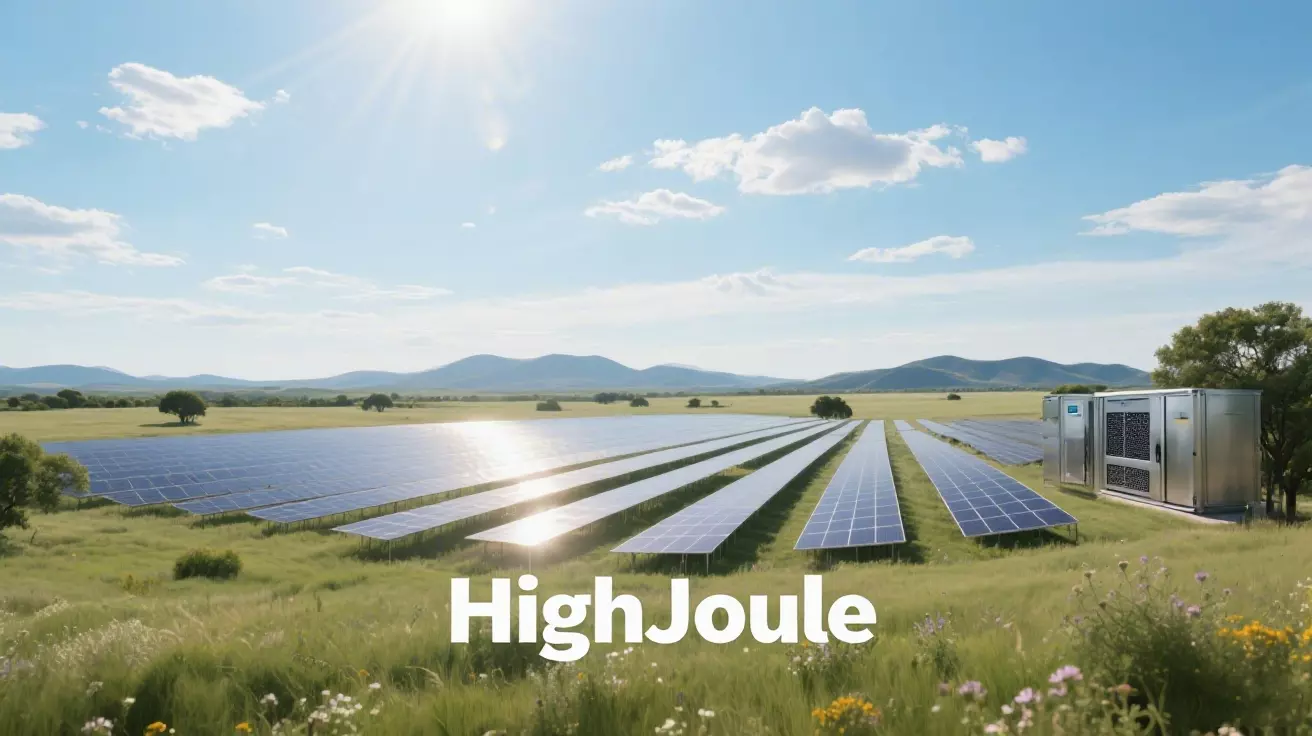
Unlike other vendors that offer partial solutions, HighJoule breaks new ground by combining real-time monitoring of carbon flow with solar performance monitoring:
- Agtech sensors: Monitor soil carbon, but are not integrated with solar performance.
- Solar monitoring systems: Monitor panel performance, but do not account for carbon data.
HighJoule’s products, such as the HJ-SoilCarbon Monitor and HJ-EnergyHub, fill this gap, providing a fully integrated system:
- Real-time data: Carbon flow and soil carbon data updated every 15 minutes.
- Dual Monitoring: Aligns carbon data with solar inverter performance to identify potential shading threats.
- Cost-effective: The entire solution costs 20% less than applying agricultural technology and solar monitoring systems separately.
For example, in a project in West Texas, HighJoule’s system identified a 1% efficiency loss due to weed growth between panel rows, potentially saving up to 3.8 GWh of electricity per year.
North America’s Energy Challenge: Why It’s Not Just About Texas
In North America, energy developers face the dual challenge of increasing renewable energy production while reducing their carbon footprint. In the United States, 30% of solar development projects are beginning to explore agrivoltaics, but only 10% of projects measure carbon sequestration. This is not only a missed revenue source, but also a lost environmental benefit.
Texas, with its vast land and rapidly growing solar industry, makes this model highly replicable. HighJoule’s technology is not limited to project-specific applications and can be applied to any solar farm, whether retrofitting an old project or building a new one. Our technology enables developers to maximize energy production and carbon sequestration potential.
Sustainability & Impact: More Than Just Profit
While financial returns are a top priority, adding carbon metering to Texas solar farms offers additional environmental and social benefits:
- Biodiversity: Growth of pollination habitat increases bee populations by 40% (Texas Parks & Wildlife Department, 2024).
- Soil Health: Improves water retention and prevents soil erosion, especially critical for arid Texas lands.
- Compliance: Supports Texas’ goal of achieving net-zero emissions from the electricity sector by 2030.
Adding carbon metering to Texas solar farms is not just about energy production, it’s about community, sustainability, and value. With HighJoule’s comprehensive monitoring system, developers are able to capture new revenue streams, reduce their environmental footprint, and transform solar farms into true carbon assets.
Find Your Solar + Battery Storage Specialist Now!
* Fill out this form and our experts will help you find the perfect solar storage solution for your home or business.


